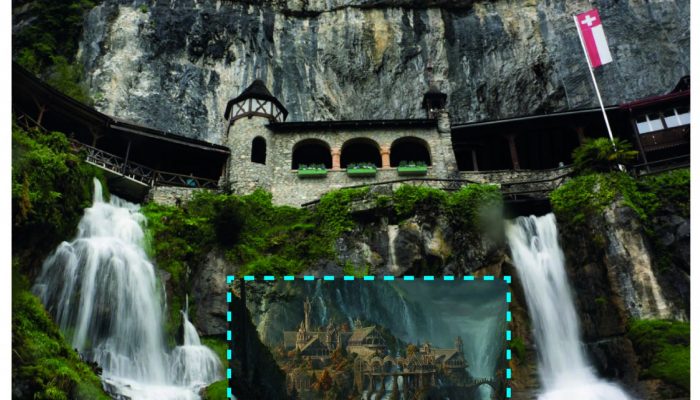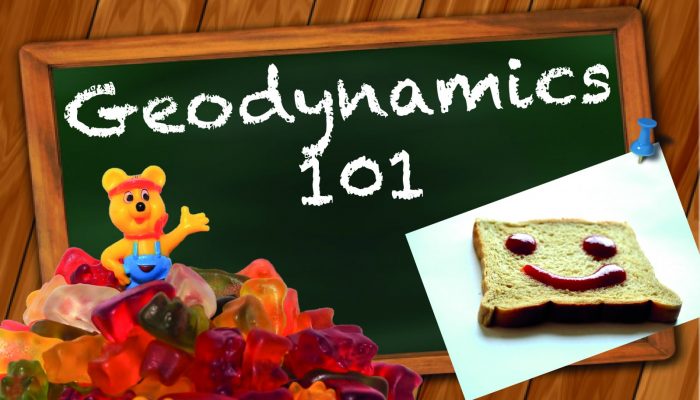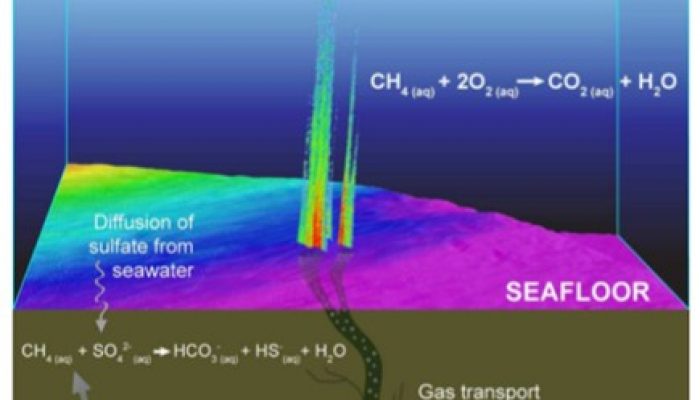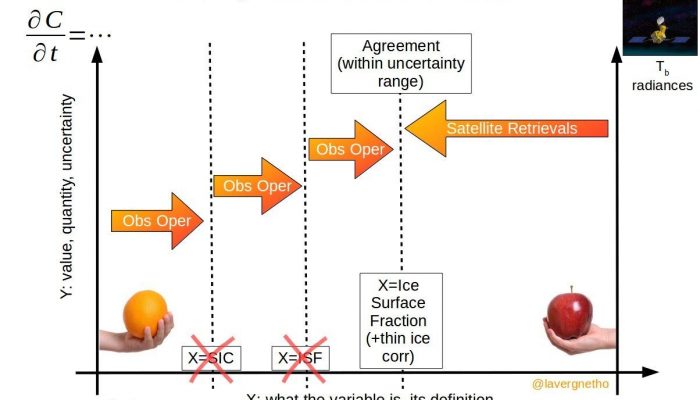Post by Andreas Hartmann, Assistant Professor in Hydrological Modeling and Water Resources at the University of Freiburg. __________________________________________________ Episode 3 – Learning about karst by … KARST IN THE MOVIES! Before writing about karst hydrology in “Of Karst! Episode 4”, I have been urged to present some more visual information on karst landforms. Of Karst! Episode 1 focuse ...[Read More]
GeoLog
Try something different at EGU 2018– choose a PICO session!
Some of the sessions scheduled for the upcoming EGU General Assembly are PICO only sessions. This means that, rather than being oral or poster format, they involve Presenting Interactive COntent (PICO). The aim of these presentations is to highlight the essence of a particular research area – just enough to get the audience excited about a topic without overloading them with information. What’s gr ...[Read More]
GeoLog
October GeoRoundUp: the best of the Earth sciences from around the web
Display "Following Carbon Dioxide Through the Atmosphere" from YouTube Click here to display content from YouTube. Always display content from YouTube Open "Following Carbon Dioxide Through the Atmosphere" directly Carbon dioxide plays a significant role in trapping heat in Earth’s atmosphere. The gas is released from human activities like burning fossil fuels, and the co ...[Read More]
Geodynamics
The jelly sandwich lithosphere: elastic bread, the jelly, and gummy bears
The Geodynamics 101 series serves to showcase the diversity of research topics and methods in the geodynamics community in an understandable manner. We welcome all researchers – PhD students to Professors – to introduce their area of expertise in a lighthearted, entertaining manner and touch upon some of the outstanding questions and problems related to their fields. This month Vojtěch Patočka fro ...[Read More]
Solar-Terrestrial Sciences
Eyes on the Sun
The Sun is a complex, dynamic ball of plasma which influences our lives. Studying the Sun is challenging because each of its layers have different composition, physics and wavelengths of emssion. Moving outwards from the photosphere (visible surface of the Sun), we have the chromosphere and the corona (hottest outermost layer). The solar plasma is in constant motion much like fiercely boiling wate ...[Read More]
Geology for Global Development
Bárbara Zambelli Azevedo: Urban Geology and Underground Urbanisation
Today is World Cities Day, and the week of our annual conference exploring the role of geoscience in sustainable cities. To mark these events, our newest contributor, Bárbara, writes on urban geology and underground urbanisation. Underground urbanisation is not a brand new topic, it has been discussed for more than 100 hundred years! But, why is it important to think about underground urbanisation ...[Read More]
GeoLog
Imaggeo on Mondays: Magnetic interaction
Space weather is a ubiquitous, but little known, natural hazard. Though not as tangible as a volcanic eruption, storm or tsunami wave, space weather has the potenital to cause huge economic losses across the globe. In Europe alone, the interaction of solar wind with our planet’s magnetosphere, ionosphere and thermosphere, could lead to disrutions to space-based telecommunications, broadcasti ...[Read More]
GeoLog
GeoPolicy: The importance of scientific foresight
Many of the issues that society currently faces are complex and research on just one angle or area does not provide sufficient information to address the problem. These challenges are compounded when more than one region (or even the entire planet) is impacted. Many of the decisions and legislations passed by governments today will go on to impact how these issues either develop or are resolved ye ...[Read More]
Biogeosciences
Understanding the role of microbes in cold seep habitats
A cold seep is an area of the ocean seafloor where hydrogen sulfide, methane and other hydrocarbon-rich fluid seepage occurs. These parts of the ocean floor still remain a large mystery for scientists, in particular for the occurence of hydrothermal vents. In between these vents, microbes live that play a role in the local and global carbon budget. However their exact role remains largerly unknown ...[Read More]
Cryospheric Sciences
Image of the Week – Of comparing oranges and apples in the sea-ice context
In the last fifty years, models and observations have enabled us to better understand sea-ice processes. On the one hand, global climate models have been developed, accounting for the sea-ice component in the climate system. On the other hand, satellite instruments have been developed to monitor the “real” sea-ice evolution. These satellite observations are often used to evaluate climate models. H ...[Read More]









